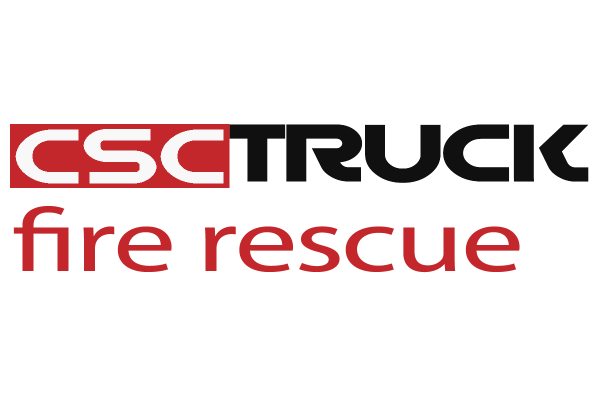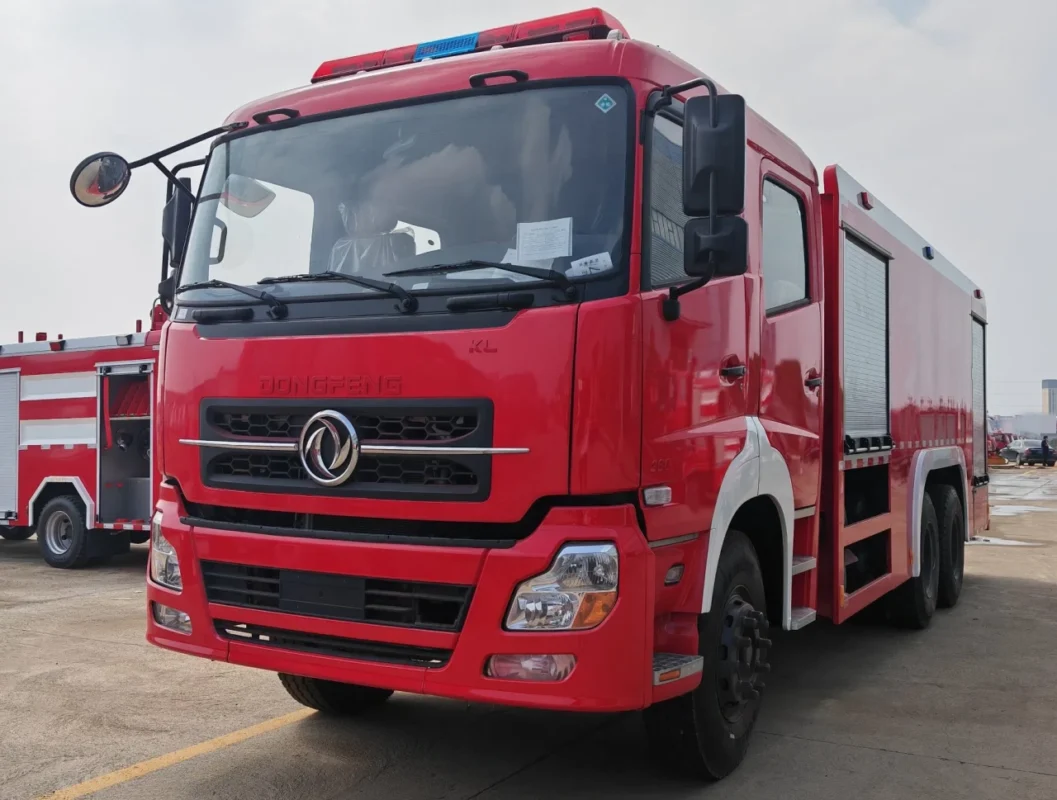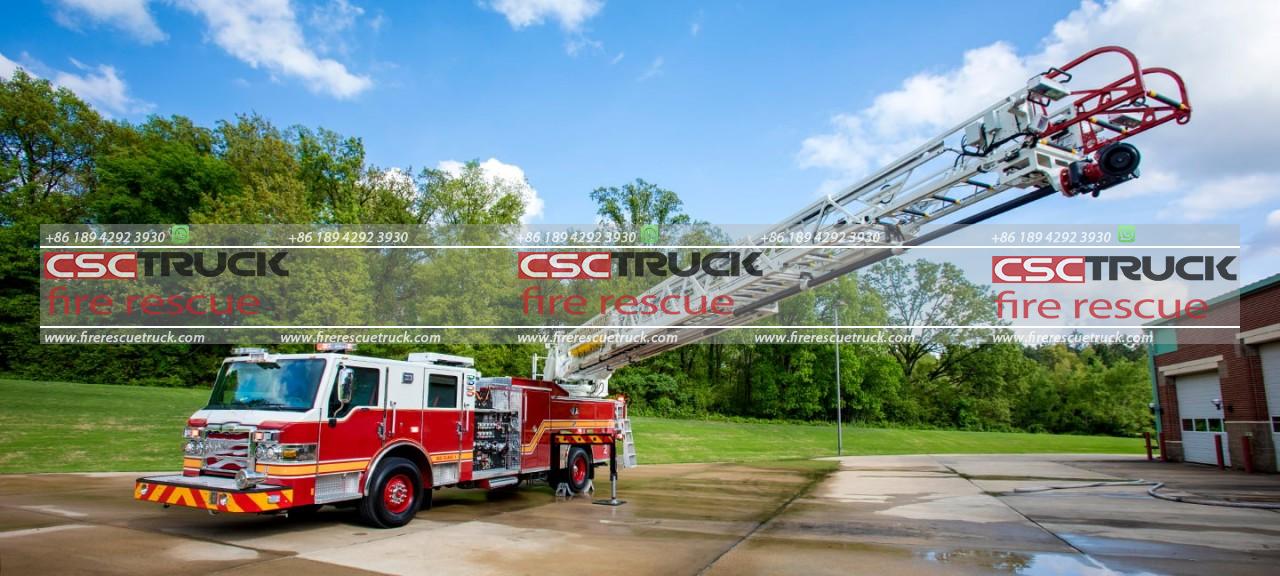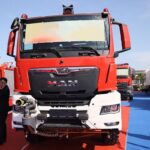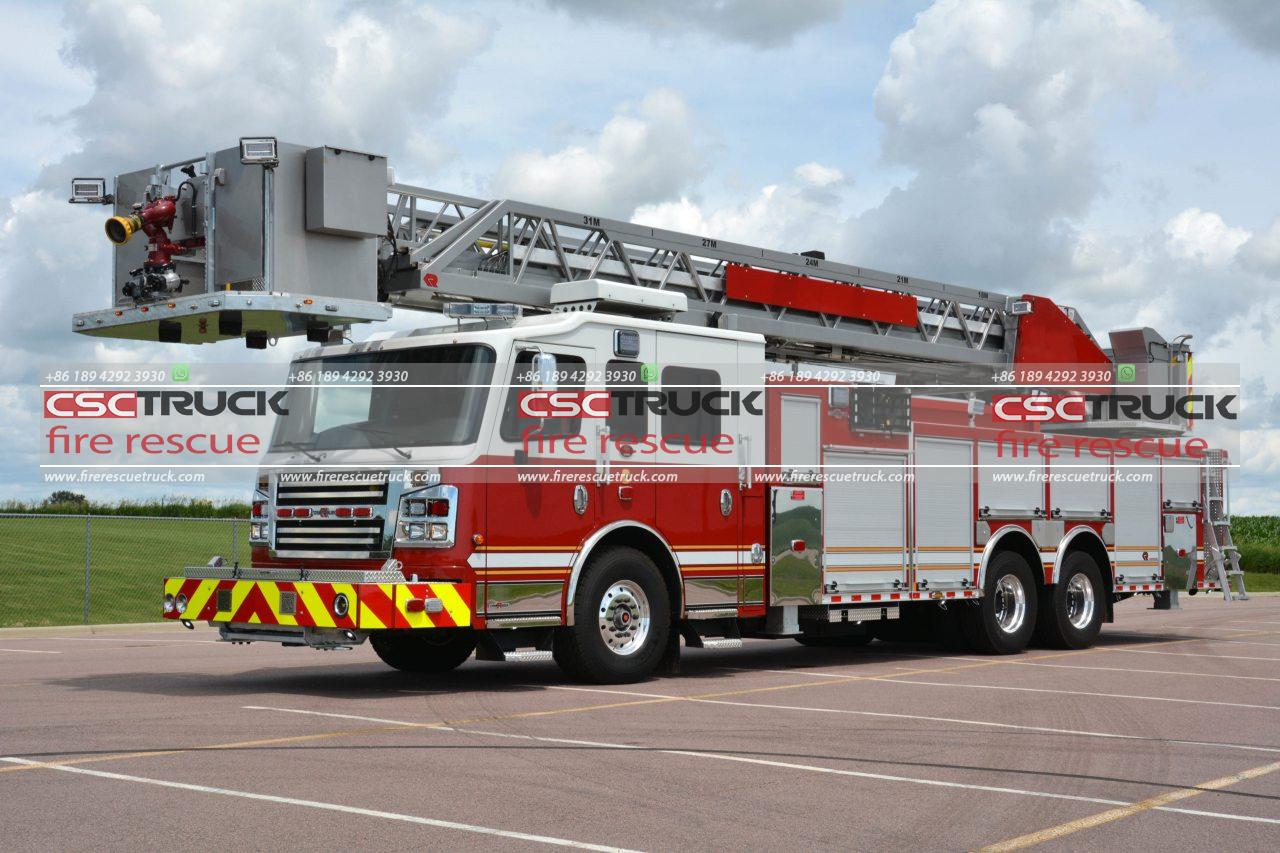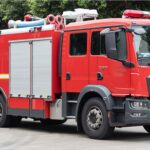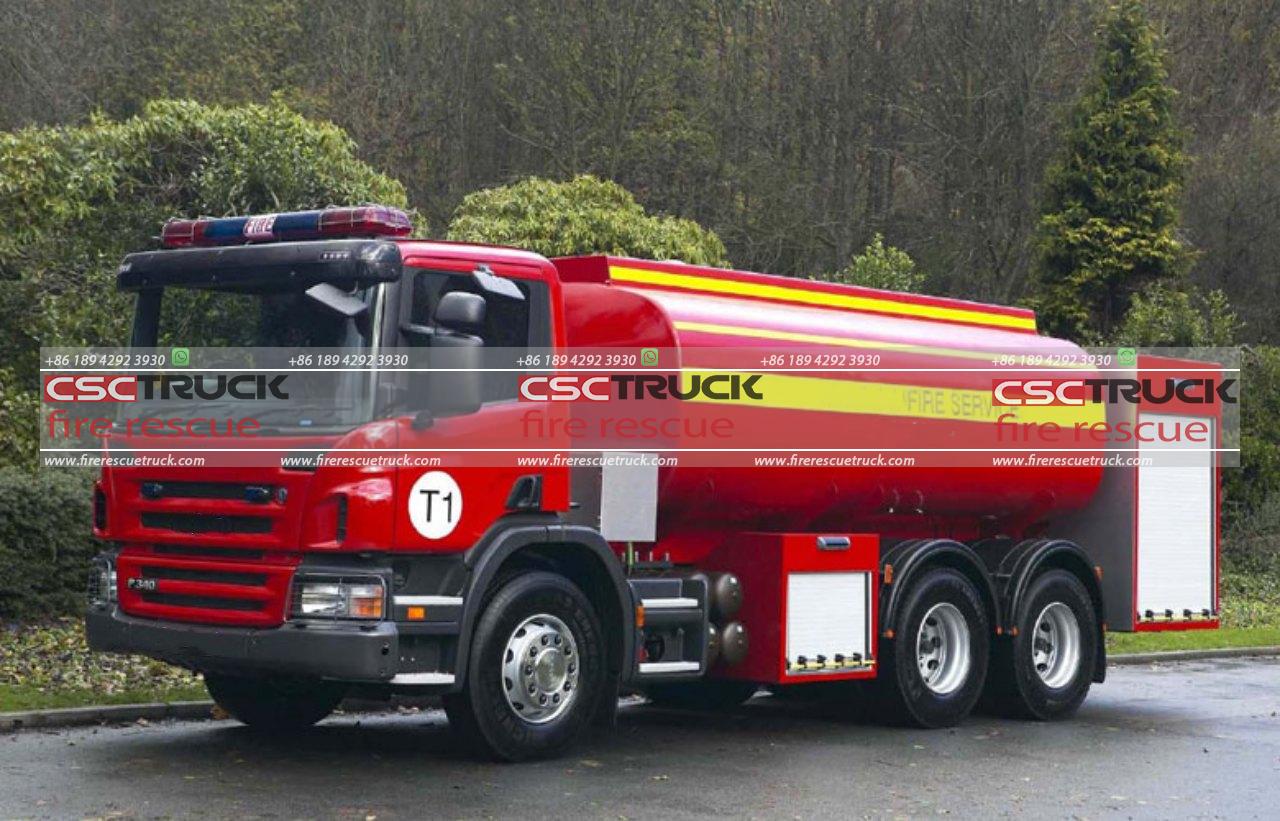Introduction
A fire truck is vital equipment that firefighting departments use worldwide. Among the various types of fire trucks, the super pumper stands out as a specialized high-capacity firefighting apparatus. Designed to deliver massive water flows to combat large-scale fires, the super pumper is a powerful and indispensable tool for emergency response teams. This article delves into the history, design, specifications, applications, and operational advantages of super pumper fire trucks.
History and Development
The concept of the Super Pumper fire truck originated in response to the need for higher water output in firefighting operations. Traditional fire trucks, although effective for most urban fires, struggled with large-scale blazes, such as industrial fires, oil refinery incidents, and shipyard fires.
One of the most famous Super Pumpers was the 1965 Mack Super Pumper System, developed for the New York City Fire Department (FDNY). This system was a game-changer in firefighting technology, boasting an immense pumping capacity that far exceeded conventional fire trucks. Over time, technological advancements have led to the development of modern Super Pumpers with even greater efficiency, mobility, and capabilities.
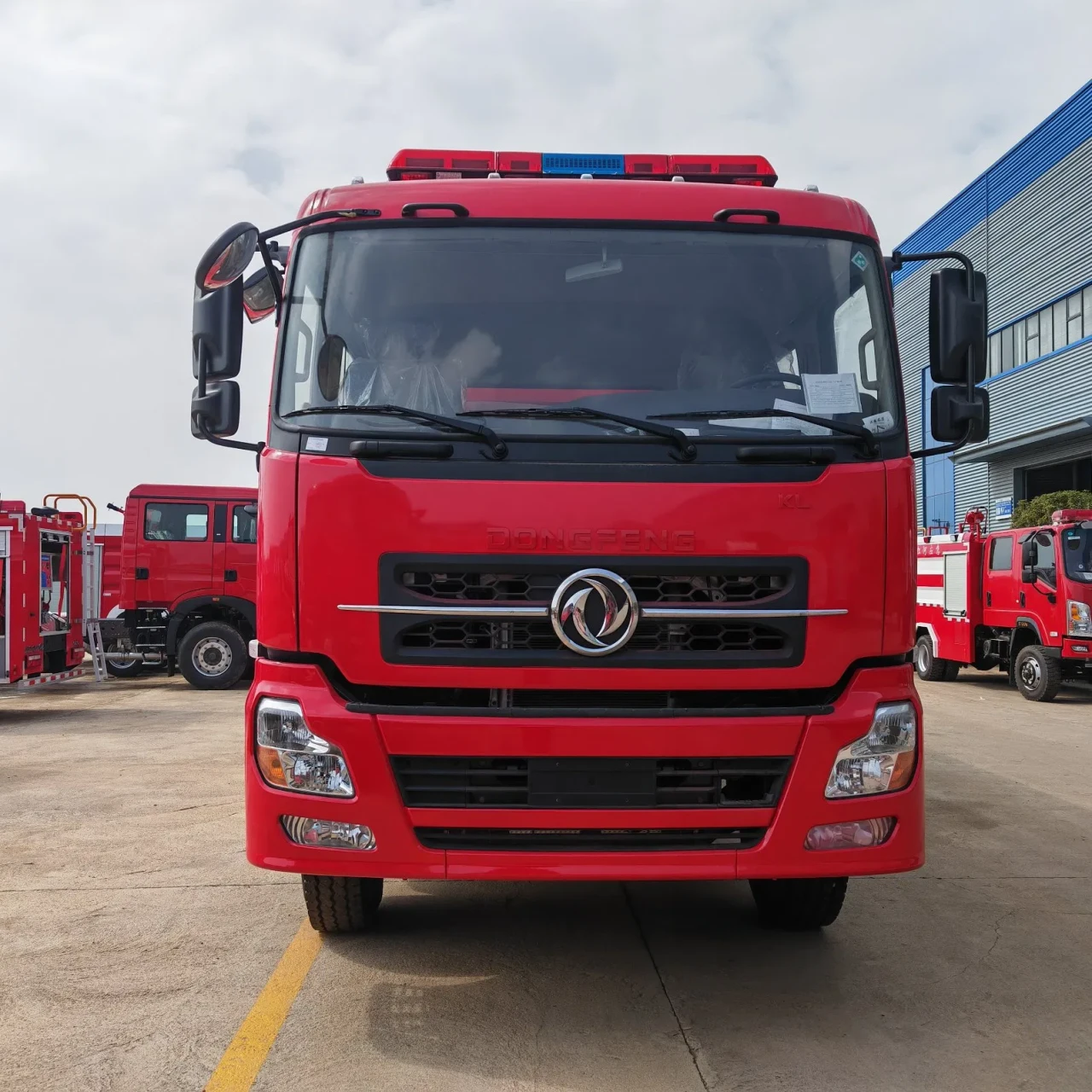
Design and Specifications
1. Pumping Capacity
Super Pumper fire trucks are distinguished by their extraordinary pumping capacity. Whereas conventional fire engines typically have pumps rated between 1,000 and 2,000 gallons per minute (GPM), Super Pumpers can achieve rates of 5,000 GPM or more. Some specialized models can even exceed 10,000 GPM, making them essential for high-demand firefighting scenarios.
2. Water and Foam Systems
These trucks are equipped with advanced water and foam delivery systems. Many Super Pumpers feature large onboard water tanks, ranging from 1,000 to 5,000 gallons, though they are primarily designed to connect to external water sources such as hydrants, rivers, or dedicated firewater systems. Additionally, they often include foam proportioning systems for combating fuel-based fires.
3. Hose and Nozzle Systems
To handle high-pressure output, Super Pumper fire trucks utilize large-diameter hoses, typically 5 inches or more in diameter. These hoses are capable of sustaining the immense flow rates without significant pressure loss. The truck’s nozzle system is designed for optimal water dispersal, featuring high-capacity master stream devices and remote-controlled monitors.
4. Powertrain and Chassis
Given their heavy-duty nature, Super Pumpers are built on robust chassis configurations. They are often powered by large diesel engines exceeding 500 horsepower to generate the necessary pump pressure and transport large volumes of water. Many models are mounted on specialized commercial truck chassis from manufacturers like Mack, Pierce, and Rosenbauer.
5. Auxiliary Equipment
Modern Super Pumpers come with auxiliary firefighting equipment, including:
- Hydraulic-driven boosters for high-rise firefighting.
- Specialized filtration systems for drawing water from contaminated sources.
- Remote-operated control panels for precise pump management.
Applications and Uses
1. Industrial Fires
Super Pumper fire trucks are crucial for industrial firefighting, particularly in refineries, chemical plants, and factories where large amounts of flammable materials are stored. Their ability to deliver massive water volumes is essential in preventing fire escalation.
2. Urban High-Rise Fires
In metropolitan areas, high-rise fires pose unique challenges due to the difficulty of reaching upper floors. Super Pumpers aid in delivering water to extreme heights via high-pressure hoses and pump systems.
3. Wildland-Urban Interface Fires
During massive wildfire incidents, Super Pumpers assist in creating firebreaks, supplying water to aerial firefighting units, and maintaining continuous suppression efforts.
4. Maritime and Dockyard Fires
Ship fires can be particularly dangerous due to confined spaces and hazardous cargo. Super Pumpers play a critical role in extinguishing shipboard fires and preventing structural damage to port facilities.
5. Municipal and Airport Firefighting
Airports require high-performance firefighting solutions due to the rapid spread of jet fuel fires. Super Pumpers provide the high-flow capability needed for quick suppression of aviation-related fires.
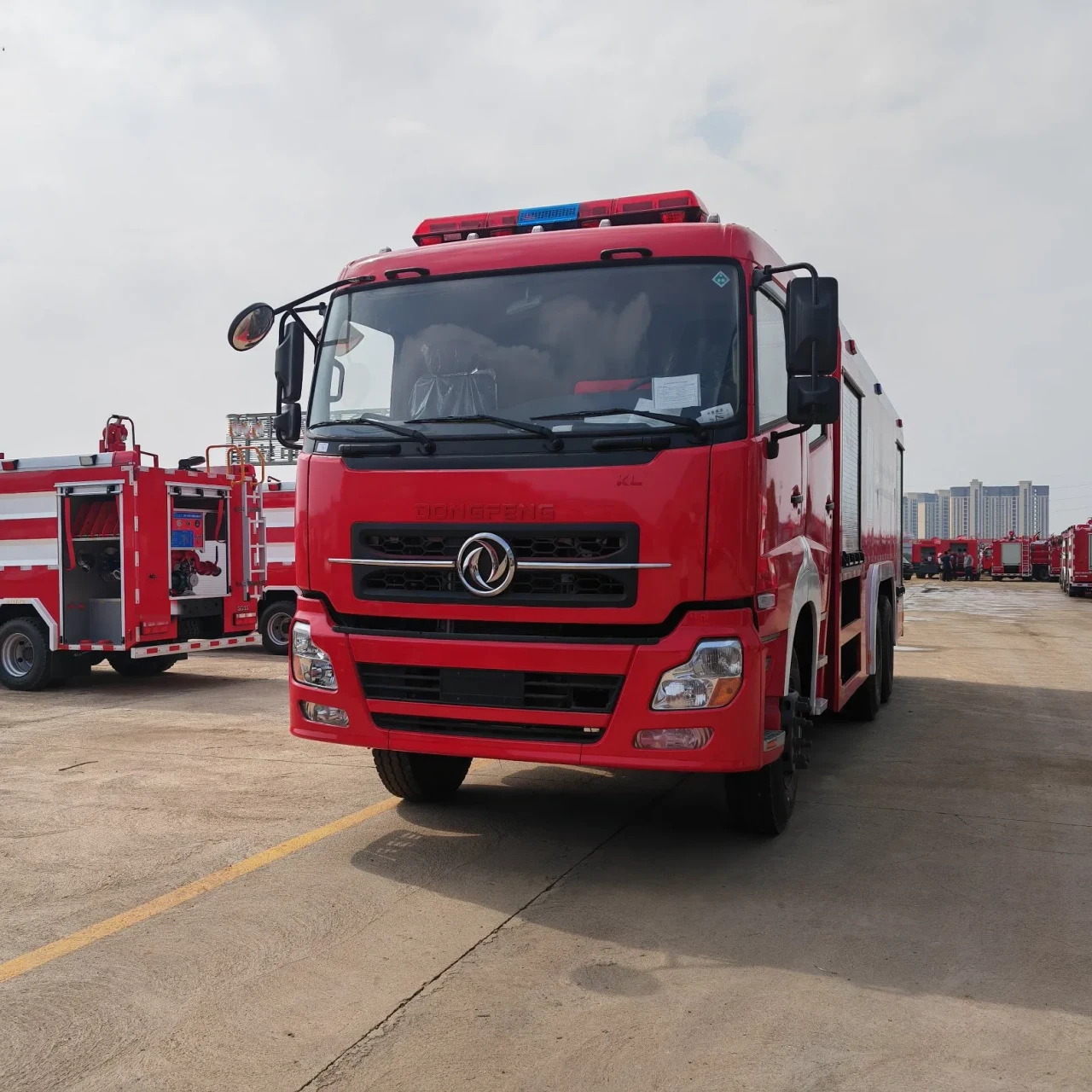
Operational Advantages
1. Rapid Water Deployment
With their powerful pumps, Super Pumpers can quickly establish large-scale water supply lines, significantly improving response times in emergencies.
2. Long-Distance Water Relay
In areas without adequate hydrant infrastructure, Super Pumpers can relay water over long distances by drawing from lakes, rivers, or other bodies of water, ensuring continuous firefighting operations.
3. Enhanced Safety
Modern Super Pumpers come with advanced safety features such as remote operation, automated pressure controls, and thermal imaging for enhanced situational awareness.
4. Cost-Effectiveness
While Super Pumpers require a significant initial investment, they reduce the need for multiple standard fire trucks at large incidents, making them a cost-effective option for municipalities and industrial sites.
Notable Super Pumper Models
1. Mack Super Pumper System (1965)
One of the most iconic Super Pumpers, this Mack-built unit for the FDNY had a DeLaval centrifugal pump capable of delivering 8,800 GPM at 350 PSI. It remained in service until 1982 and set the benchmark for future designs.
2. Pierce Velocity Super Pumper
A modern iteration of the Super Pumper concept, this model features a high-output pump system exceeding 5,500 GPM and incorporates advanced foam systems for handling hazardous material fires.
3. Rosenbauer T-Rex Super Pumper
This model integrates a telescoping boom with a powerful pump system, allowing for both high-rise and ground-level firefighting capabilities.
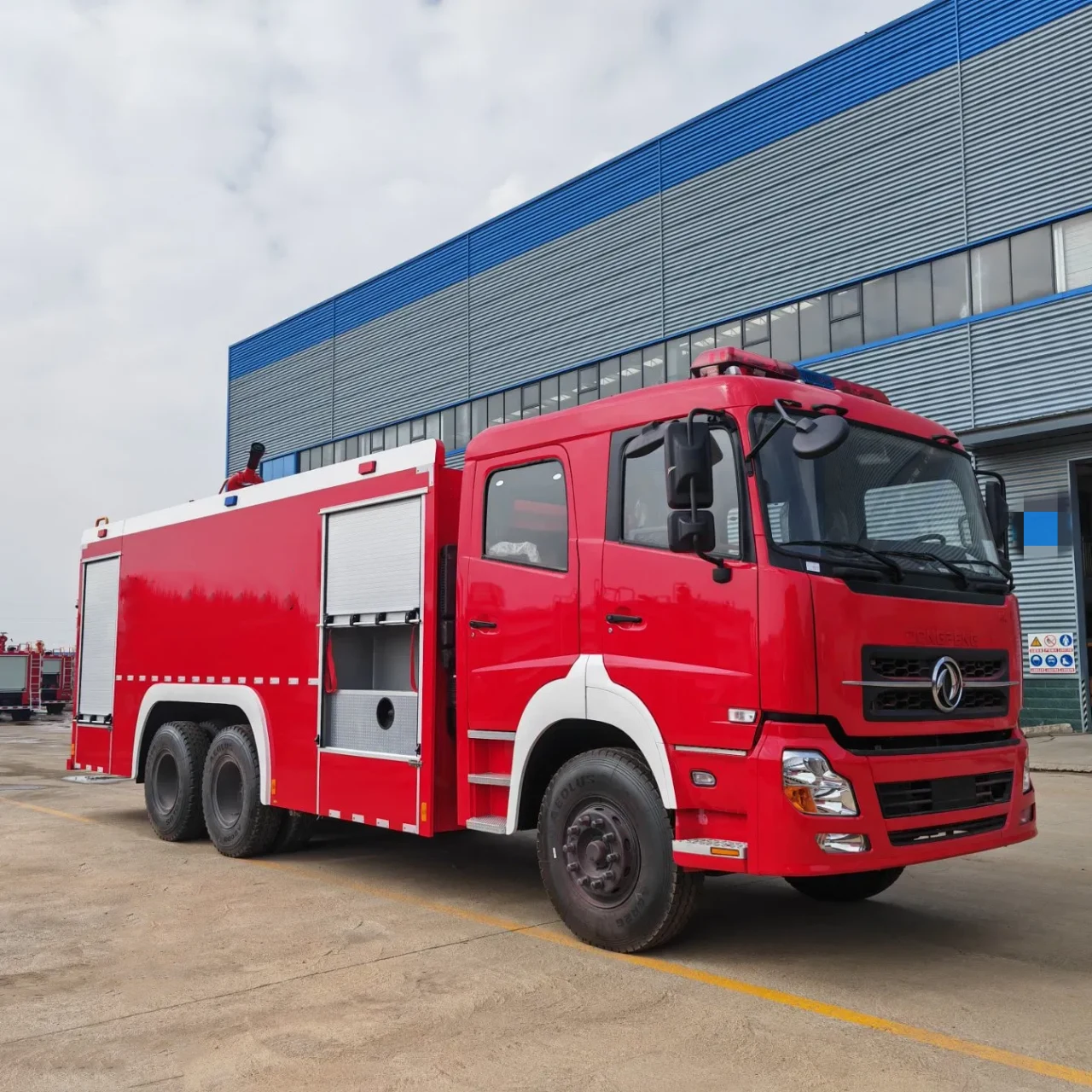
Conclusion
The Super Pumper fire truck remains an essential tool for battling large-scale fires across various environments. Its unmatched pumping capacity, high-pressure water delivery, and adaptability make it indispensable in firefighting operations. From industrial disasters to urban emergencies, these specialized fire trucks ensure that emergency responders have the firepower needed to mitigate even the most challenging incidents. As technology continues to advance, we can expect even more sophisticated Super Pumpers to emerge, further enhancing fire suppression capabilities worldwide.
